Saint of the Day – 2 August – St Alphonsus Maria de Liguori (1696-1787) Bishop, Confessor, Most Zealous Doctor of the Church, Founder of the Redemptorists, Spiritual Writer, Miracle-worker, Composer, Musician, Artist, Poet, Lawyer, Scholastic Philosopher and Theologian. Patronages – against arthritis, against scrupulosity, of Confessors (given on 26 February 1950 by Pope Pius XII), final perseverance, moral theologians, moralists (1950 by Pope Pius XII), scrupulous people, vocations, Diocese of Acerra, Italy, Diocese of Agrigento, Italy, l Pagani, Italy, Sant’Agata de’ Goti, Italy.
Saint Alphonsus Mary Liguori
from the Liturgical Year, 1909
Let us listen to the Church’s account of his life.
“I have not hid Thy justice within my heart,
I have declared Thy truth and Thy salvation.”
(Gradual of the Mass Ps 39:11)
Alphonsus Maria de Liguori was born of a noble family at Naples and from his early youth, gave clear proofs of sanctity. While he was still a child, his parents once presented him to St Francis Girolamo, of the Society of Jesus. The Saint blessed him and prophesied that he would reach his ninetieth year that he would be raised to the Episcopal dignity and would do much good for the Church.
Even as a boy he shrank from games and both by his words and example, incited noble youth to Christian modesty. When he reached early manhood, he enrolled himself in pious associations and made it his delight to serve the sick in the public hospital, to spend much time in prayer and in the Church and frequently to receive the Sacred Mysteries. He joined study to piety with such success that, when scarcely sixteen years of age, he took the Degree of Doctor in both Canon and Civil Law, in the University of his native City. In obedience to his fathers wishes, he pleaded at the bar but, while winning himself a name in the discharge of this office, he learned by experience, what dangers beset a lawyer’s life and, of his own accord, abandoned the profession. Then he refused a brilliant marriage proposed to him by his father, renounced his right of inheritance as eldest son and, hanging up his sword at the Altar of the Virgin of Mercy, he devoted himself to the Divine Service.
Having been made Priest, he attacked vice with such great zeal that, in the exercise of his Apostolic ministry, he hastened from place to place, working wonderful conversions. He had a special compassion for the poor and particularly, for country people and founded a Congregation for Priests, called “of the Holy Redeemer,” who were to follow the Redeemer through the fields and hamlets and villages, preaching to the poor.
In order that nothing might turn him from his purpose, Alphonsus bound himself by a perpetual vow of never to waste any time. On fire with love of souls, he strove to win them to Christ and to make them lead more perfect lives, both by preaching the Divine Word and by writings full of Sacred learning and piety. Marvellous was the number of hatreds he stilled and of wanderers he brought back to the path of salvation.
He had the greatest devotion to the Mother of God, and published a book on the “Glories of Mary.” More than once, while he was speaking of her with great earnestness during his sermons, a wonderful brightness came upon him from Our Lady’s image and he was seen, by all the people, to be rapt in ecstasy.
The Passion of our Lord and the Holy Eucharist were the objects of his unceasing contemplation and he spread devotion to them in a wonderful degree. When he was praying before the Altar of the Blessed Sacrament, or celebrating Holy Mass, which he never failed to do, through the violence of his love, he shed burning tears, was agitated in an extraordinary manner and at times, was carried out of his senses. He joined a wonderful innocence, which he had never stained by deadly sin, with an equally wonderful spirit of penance and chastised his body, by fasting, iron chains, hair-shirts and scourgings even to blood. At the same time, he was remarkable for the gifts of prophecy, reading of hearts, bilocation and many miracles.
Alphonsus firmly refused the Ecclesiastical dignities which were offered him, but he was compelled, by the authority of Pope Clement XIII. to accept the government of the Church of St Agatha of the Goths. As Bishop, although he changed his outward dress, yet he made no alteration in the severity of his life. He observed the same moderation; his zeal for Christian discipline was most ardent and he displayed the greatest devotedness in rooting out vice, in guarding against false doctrine and in discharging the other duties of the pastoral charge. He was most generous towards the poor, distributing to them, all the revenues of his See and, in a time of scarcity of corn, he sold even the furniture of his house, to feed his starving people. He was all things to all men. He brought religious women to lead a more perfect life and took care to erect a Monastery for Nuns of his Congregation.
Severe and continual sickness forced Alphonsus to resign his Bishopric and he returned to his children, as poor as when he had left them. Although worn out in body by old age, labours, chronic arthritis and other painful maladies, his mind was fresh and clear and he never ceased speaking or writing of heavenly things until at length, on the 1st of August he most peacefully expired, at Nocera-dei-Pagani, amidst his weeping children. It was in the year 1787, the ninetieth of his age. His virtues and miracles made him famous and on this account, in 1816, Pope Pius VII. enrolled him amongst the Blessed. God still glorified him with new signs and wonders and, on the Feast of the Most Blessed Trinity, in the year 1839, Gregory XVI solemnly inscribed his name on the list of the Saints; and finally, Pope Pius IX, after consulting the Congregation of Sacred Rites, declared him a Doctor of the universal Church.
The Little-known Miracles
of the Liquefying Blood of St Alphonsus
Like St Januarius, the principal Patron of Naples, the Saint of the very renowned “Liquefying Blood.” However, it remains unknown to most, that there are several prodigies of blood liquefying in the Neapolitan City, so many that the French writer Jean Jacques Bouchard (1606-1641) called Naples, “Urbs sanguinum – The City of Blood.”
St Alphonsus himself wrote concerning the miracle of St Januarius’ Blood here: https://anastpaul.com/2018/09/19/thought-for-the-day-19-september-the-memorial-of-st-januarius-martyr-died-c-304/
“Among these is that of St Alphonsus Maria de Liguori: the Doctor of the Church, the Saint of the Age of Enlightenment, the Founder of the Congregation of the Most Holy Redeemer, which today has more than 700 houses in 80 countries around the world. A prodigious fact of which there is no longer any memory, not even among his spiritual children.
And yet, until a few decades ago, hundreds of the faithful went to the Santa Maria della Mercede (Holy Mary of Mercy) and St Alphonsus Church in Naples, also known by the name of the Redemption of the Captives, in Via San Sebastiano, a few steps from the Conservatorio di San Pietro a Majella, the same place where the young and noble Alfonso de Liguori laid his sword at the foot of the Statue of the Virgin to witness, on the Anniversary of the Saint’s death, the liquefying of his blood preserved in an ampoule set in a marvellous Reliquary.
To not permanently lose the memory of this extraordinary event, it is necessary to reconstruct the events that led to the collection and preservation of this most precious Relic.” – READ MORE HERE: https://www.cssr.news/2022/10/the-relic-of-the-blood-of-st-alphonsus-m-de-liguori/

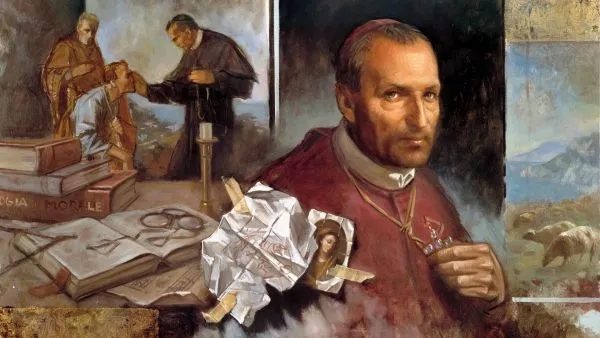

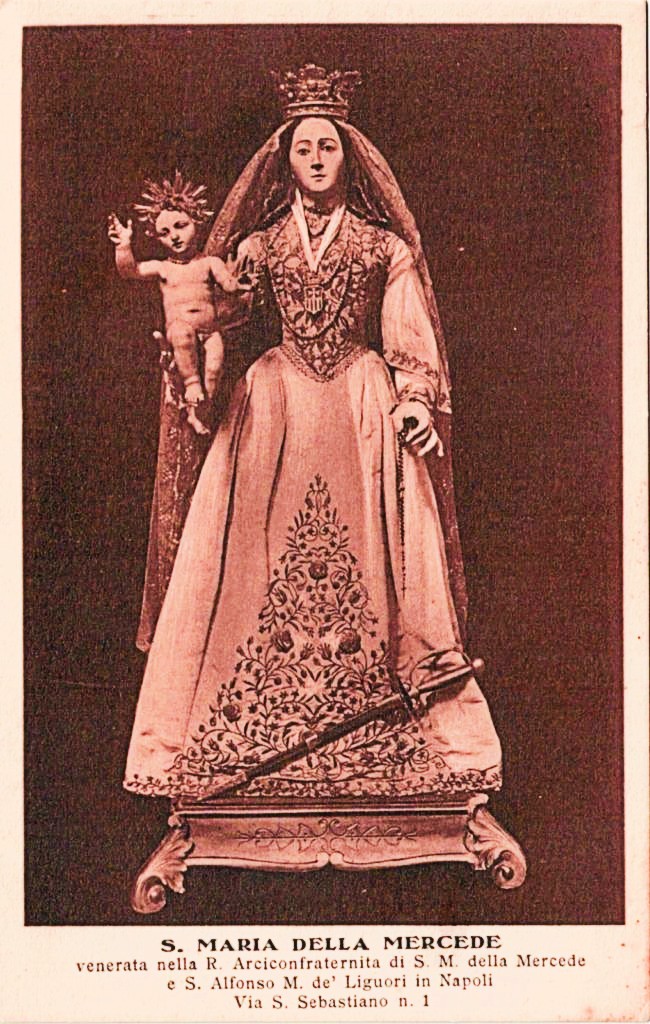




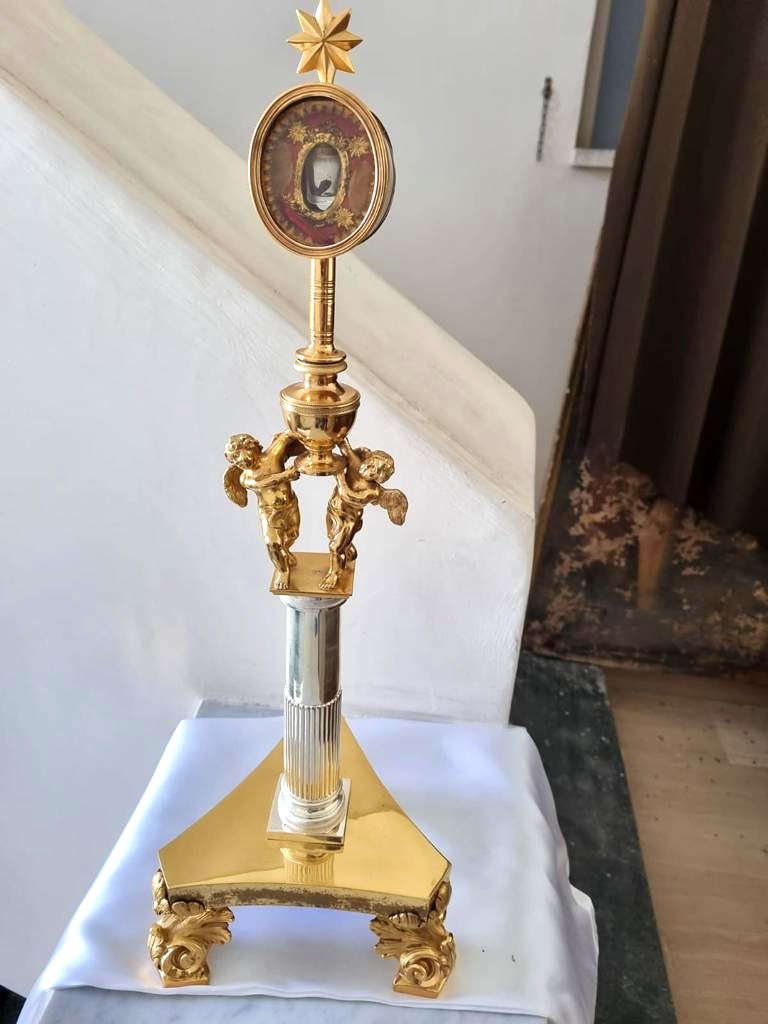





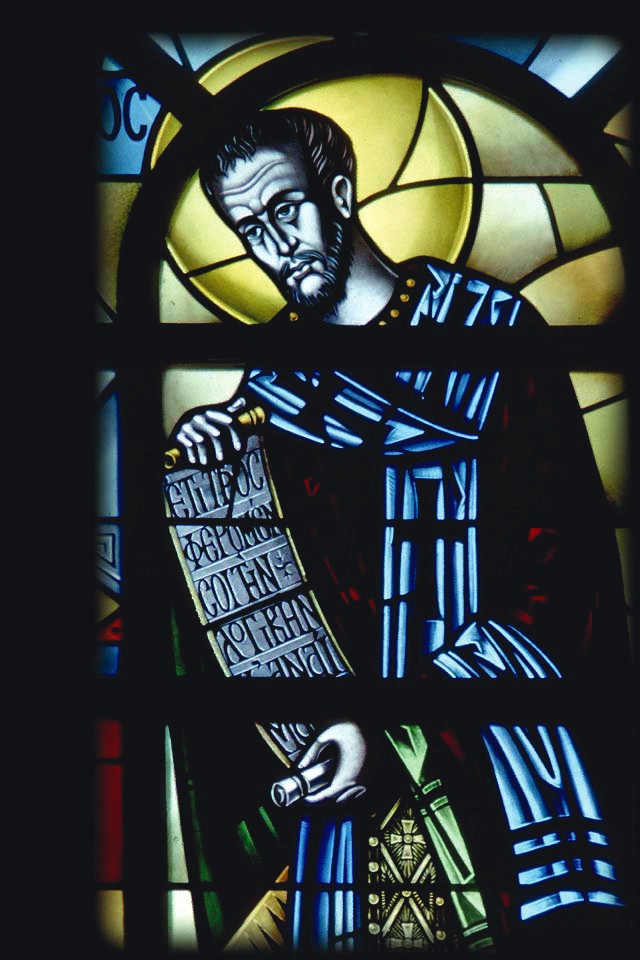



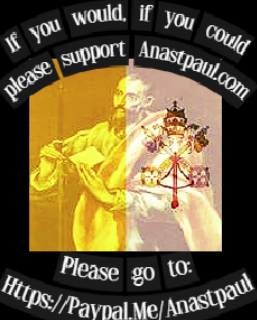




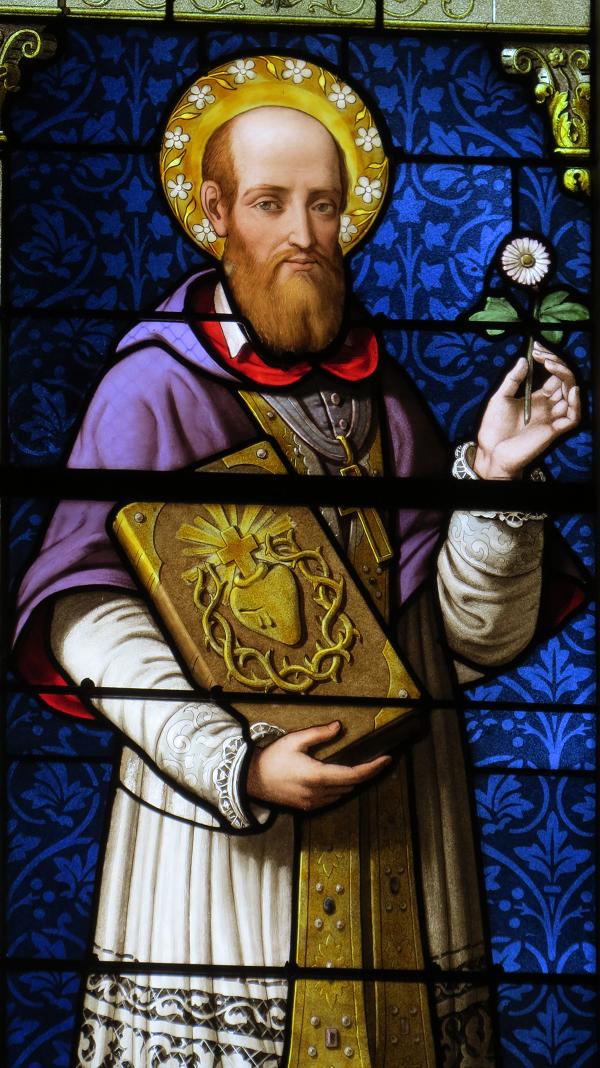








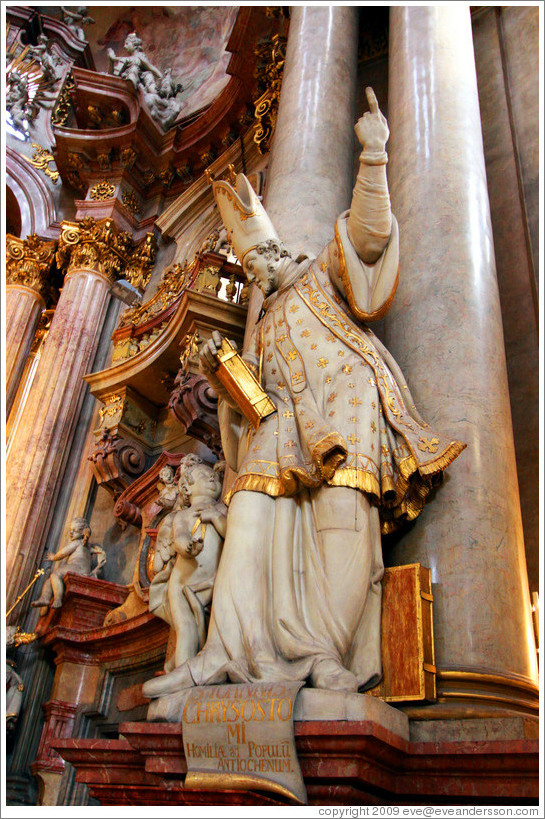













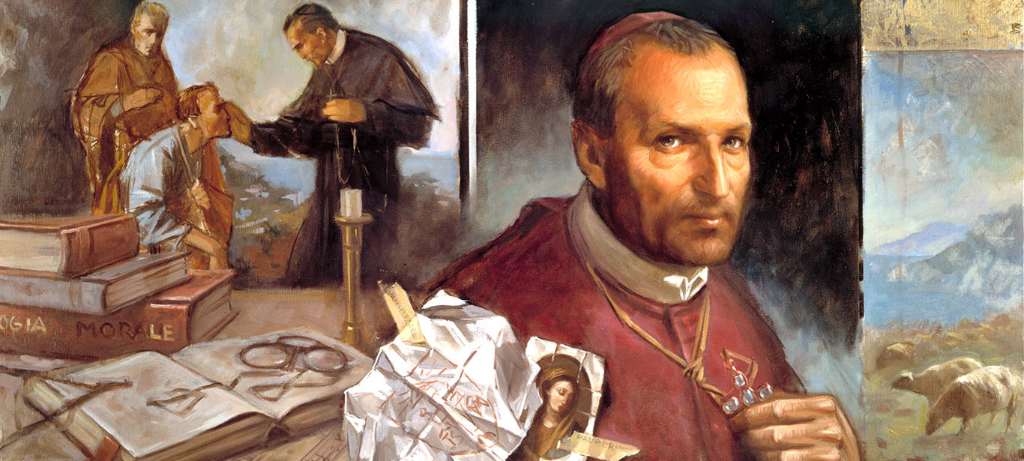



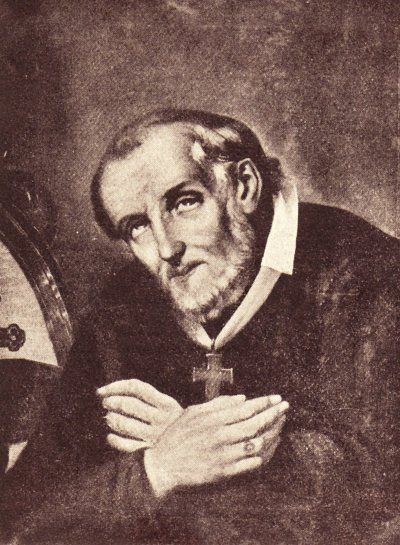
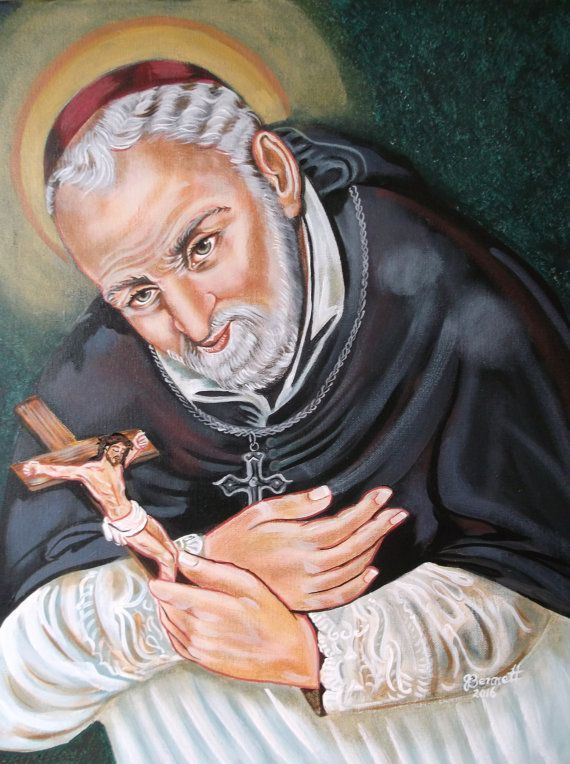
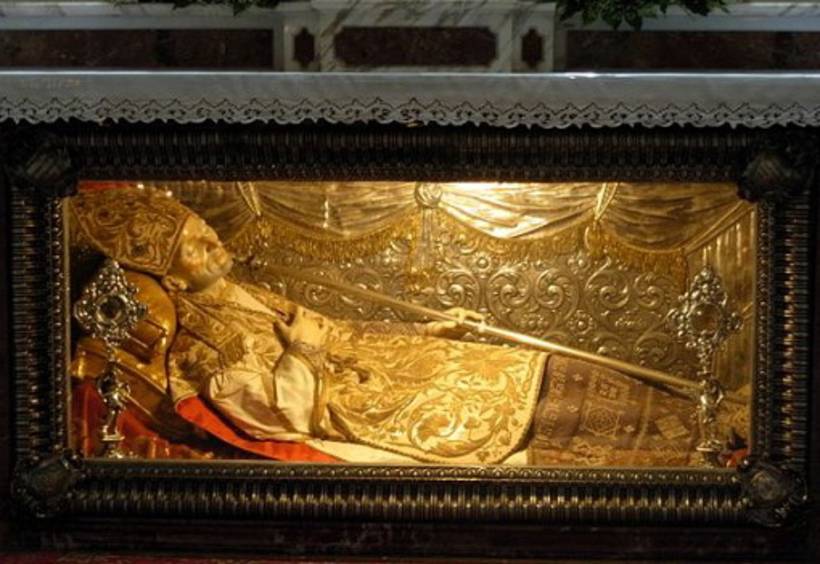
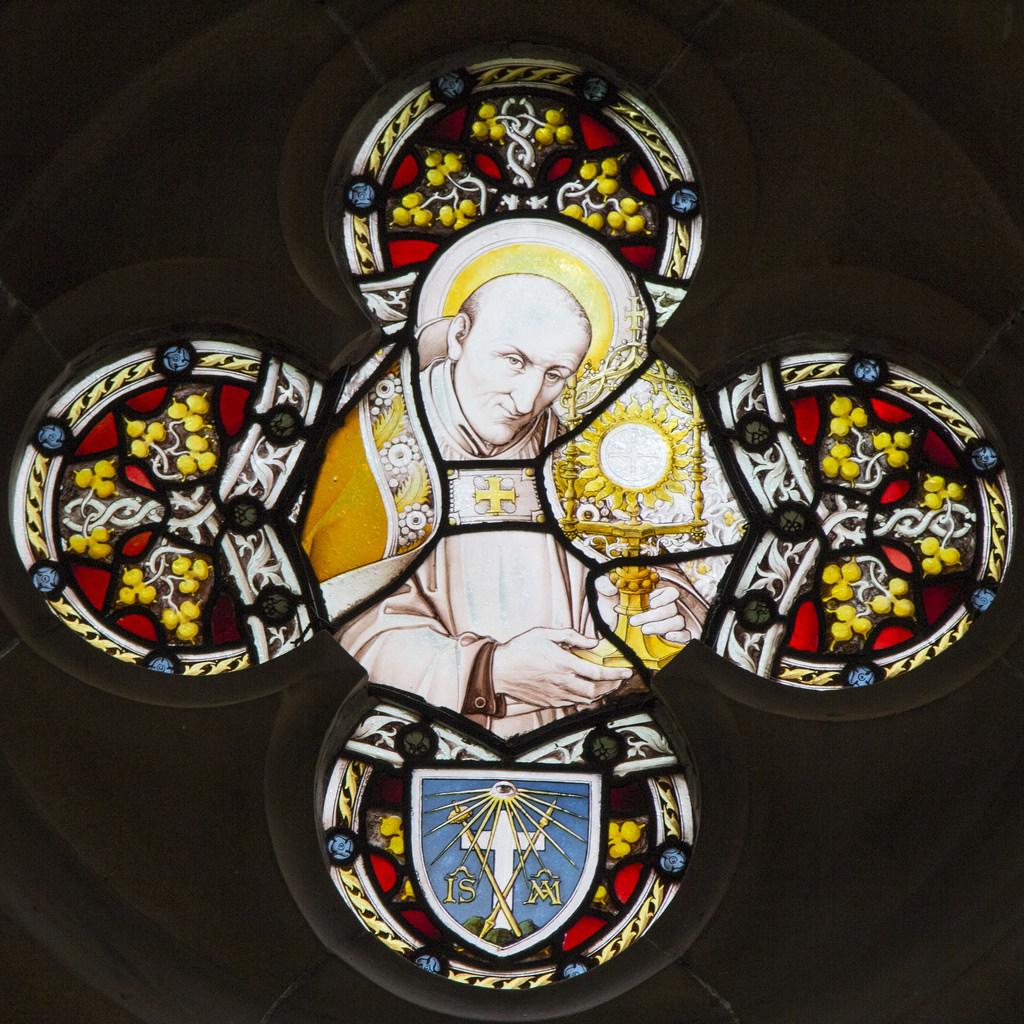

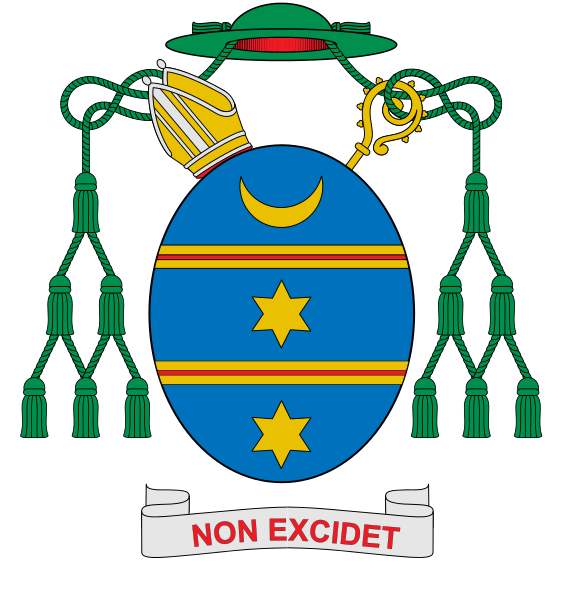






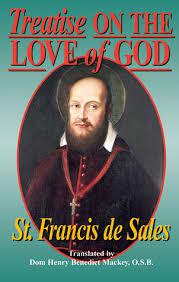



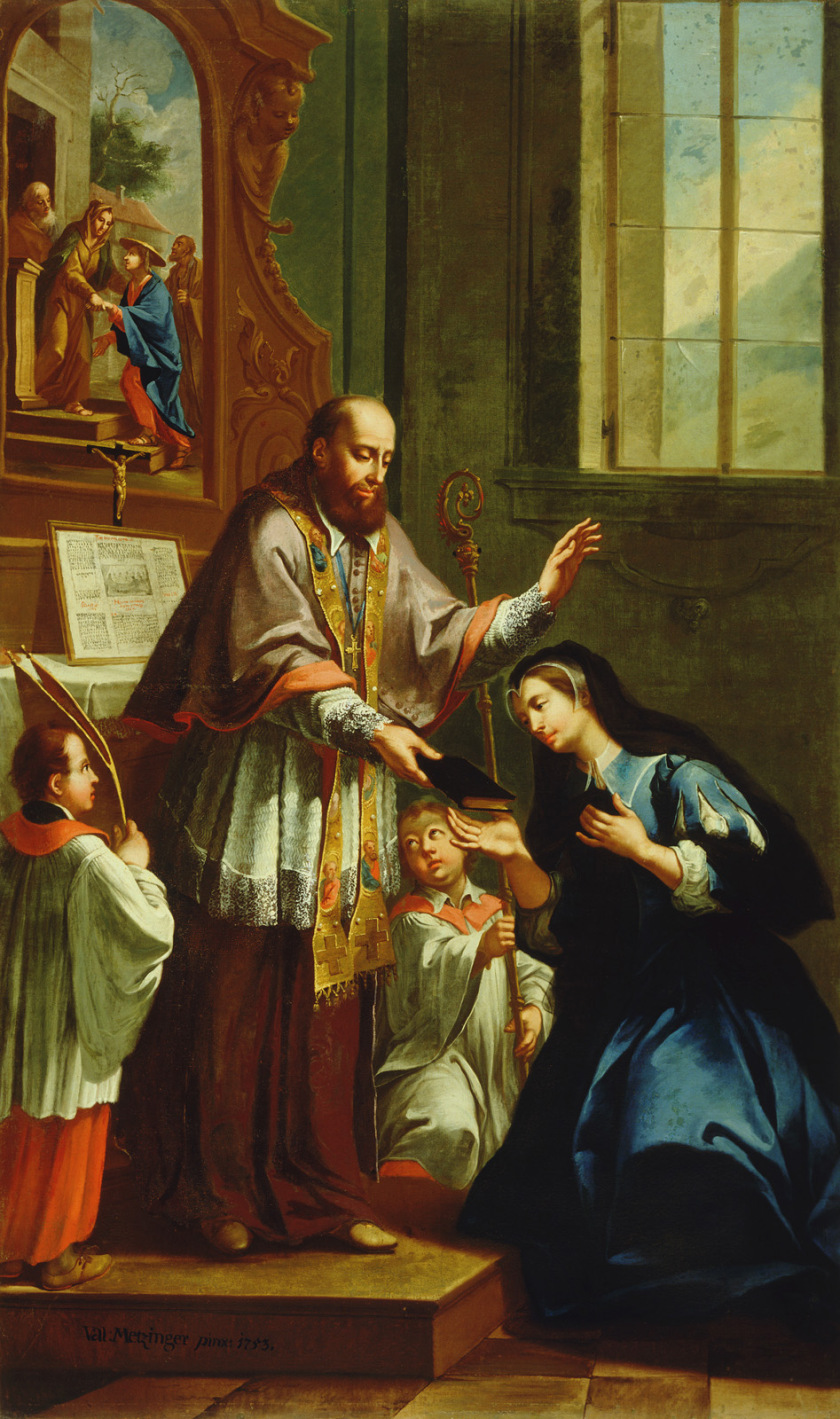















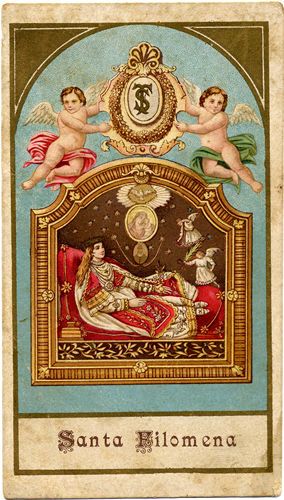









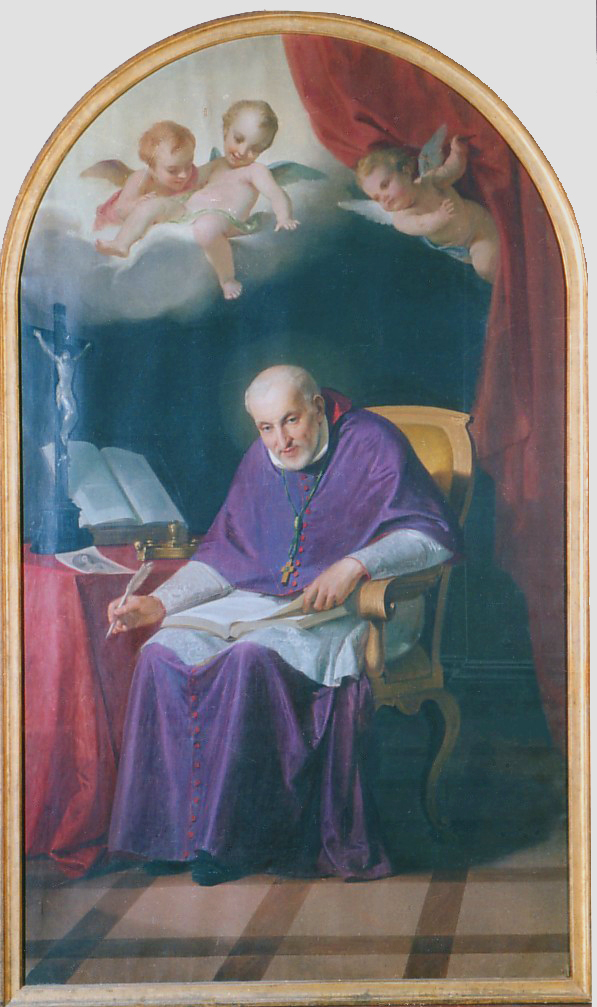
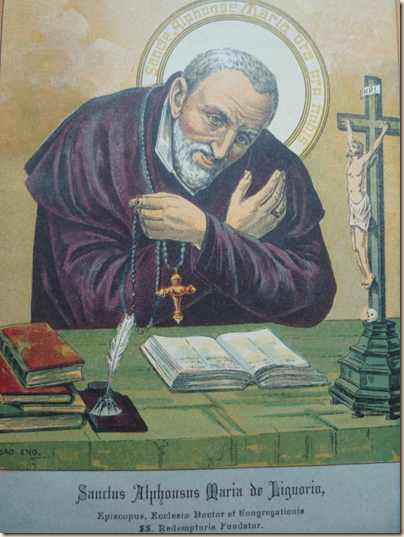
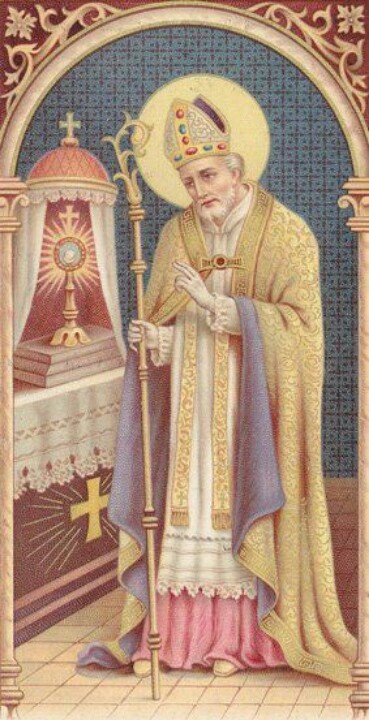
You must be logged in to post a comment.